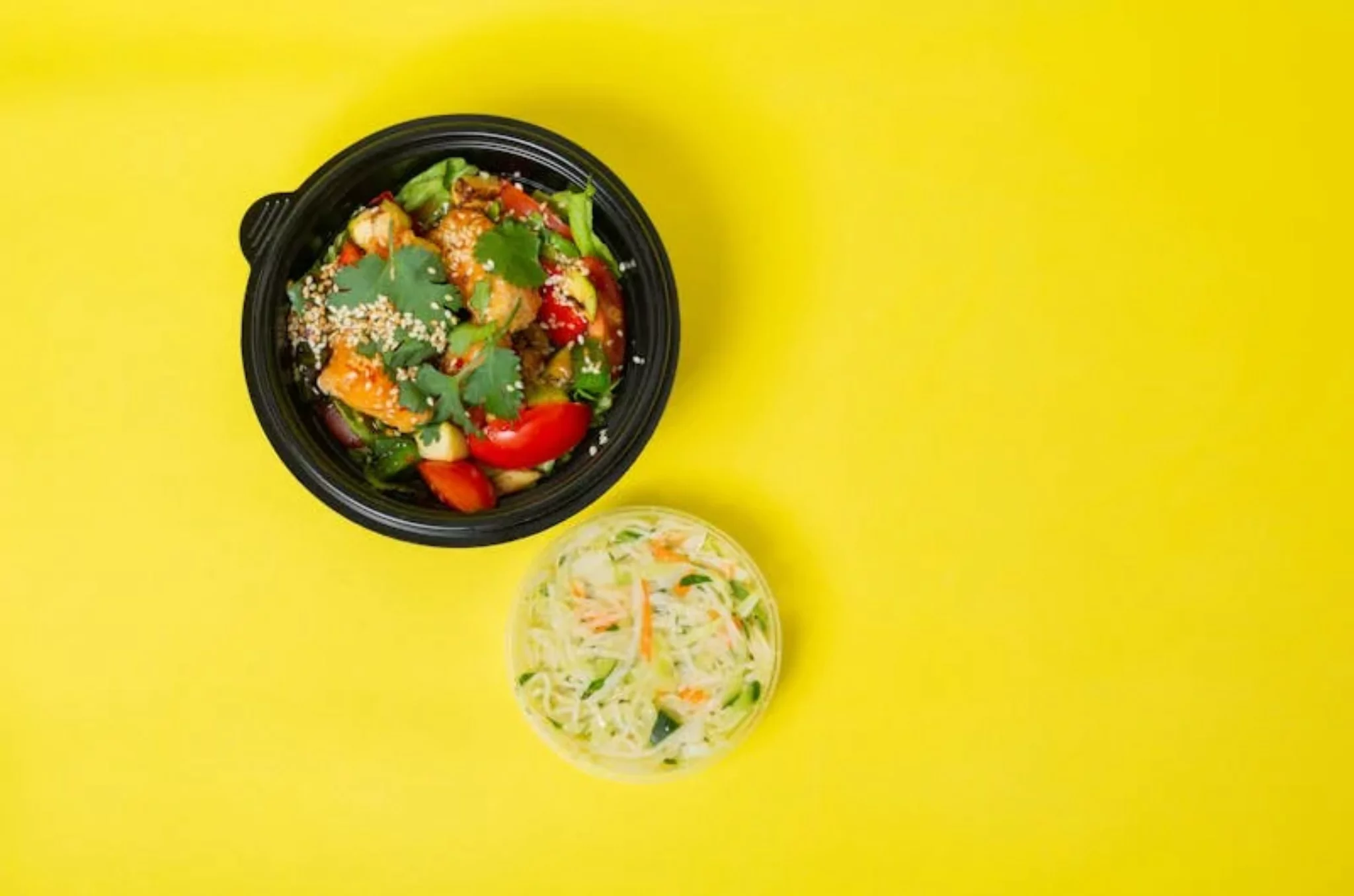Why the Keto Diet Still Works in 2025
In 2025, the Keto diet continues to be one of the most effective and widely followed diets around the world. Whether you’re trying to lose belly fat, improve your energy, or control your blood sugar levels, Keto can help.
But not all keto foods are the same. Some can boost your metabolism and help you burn fat faster, while others may slow your progress.
See Story : https://openwrites.com/web-stories/top-10-keto-diet-foods-to-burn-fat-faster-in-2025/
In this blog, you’ll learn about the top 10 keto-friendly foods that are not only low in carbs but also support faster fat burning. These foods are backed by science and recommended by nutrition experts.

1. Avocados
Why it’s great:
Avocados are full of healthy fats, especially monounsaturated fats, which support heart health and reduce inflammation. They are also rich in fiber, which helps keep you full for longer.
How it helps with fat loss:
Avocados stabilize your blood sugar, reduce hunger, and help you stay in ketosis — the fat-burning state your body enters on a keto diet.
How to eat:
Add slices to your salads, mash them into guacamole, or simply eat them with salt and lemon.
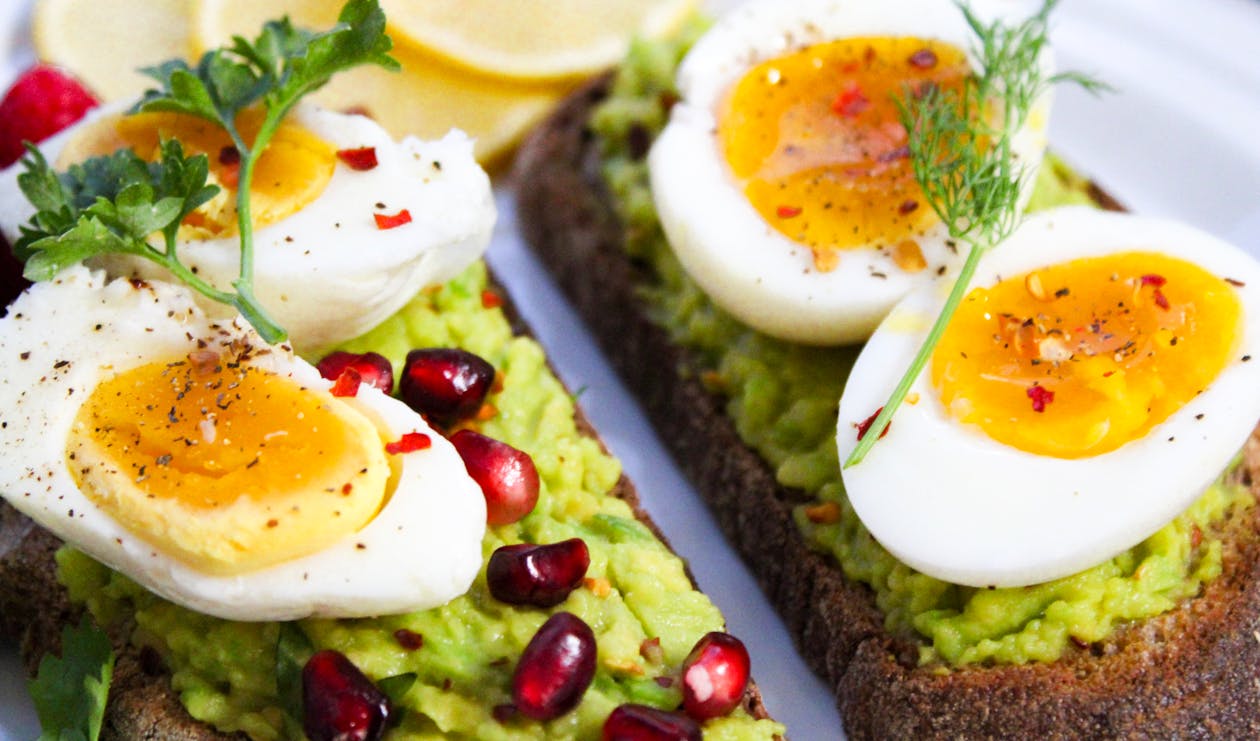
2. Eggs
Why it’s great:
Eggs are a complete protein source and contain all essential amino acids. They also provide vitamins like B12, D, and choline, which support brain and liver function.
How it helps with fat loss:
Eggs are known to increase feelings of fullness, which leads to fewer calories consumed throughout the day.
How to eat:
Boiled, scrambled in butter, or made into an omelet with low-carb vegetables.
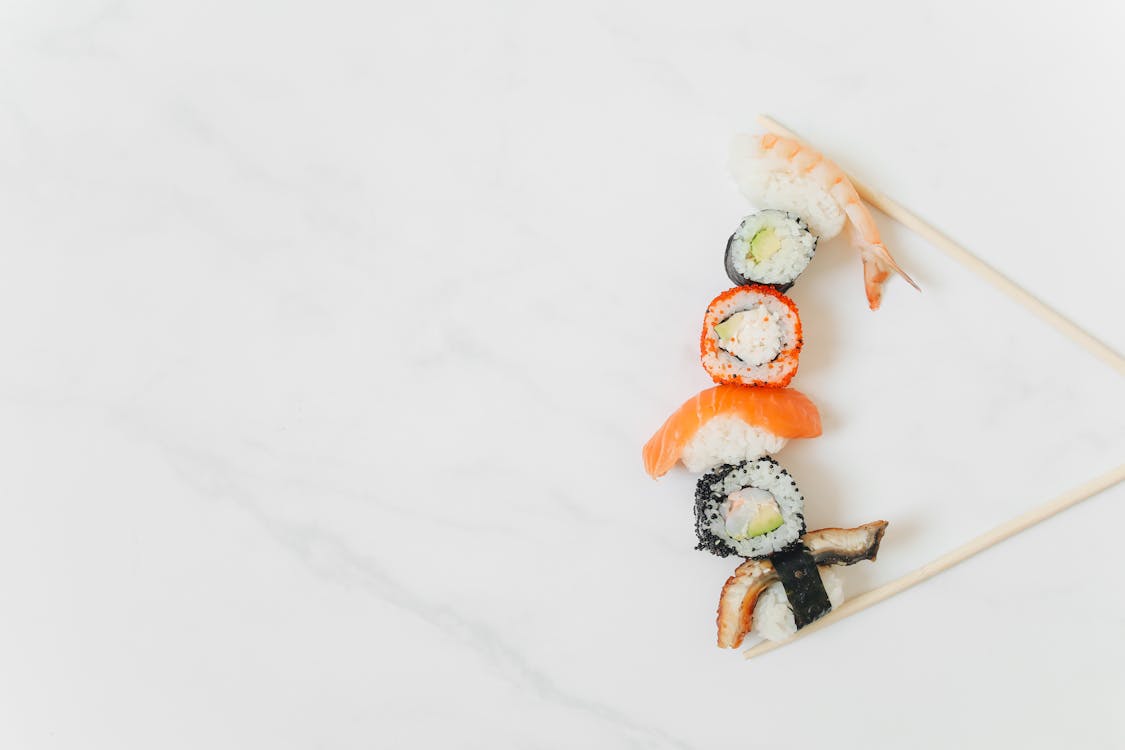
3. Salmon and Fatty Fish
Why it’s great:
Salmon is rich in omega-3 fatty acids, which help reduce inflammation and improve fat metabolism. It’s also a great source of high-quality protein.
How it helps with fat loss:
Omega-3 fats have been shown to increase metabolic rate and promote the use of fat as energy.
How to eat:
Grilled, baked, or pan-fried in olive oil or butter. Avoid breaded or sugary sauces.
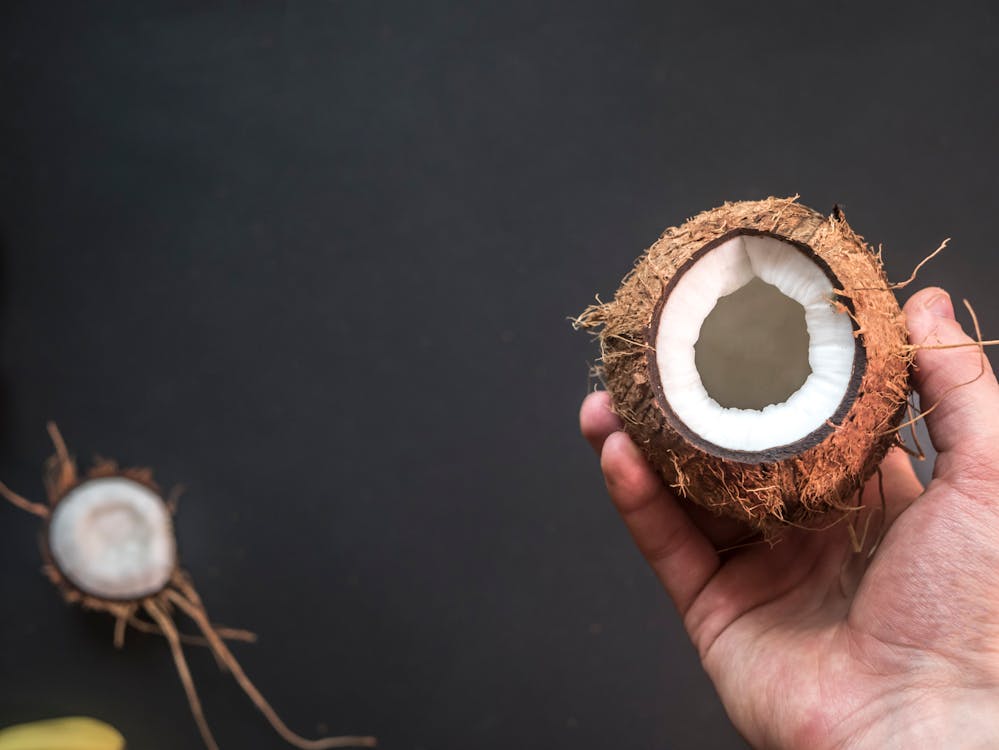
4. Coconut Oil
Why it’s great:
Coconut oil contains MCTs (medium-chain triglycerides), which are quickly absorbed and used by the body for energy.
How it helps with fat loss:
MCTs increase ketone production and may also reduce appetite, helping you eat fewer calories naturally.
How to eat:
Use it for cooking, in bulletproof coffee, or add a spoon to your smoothies.
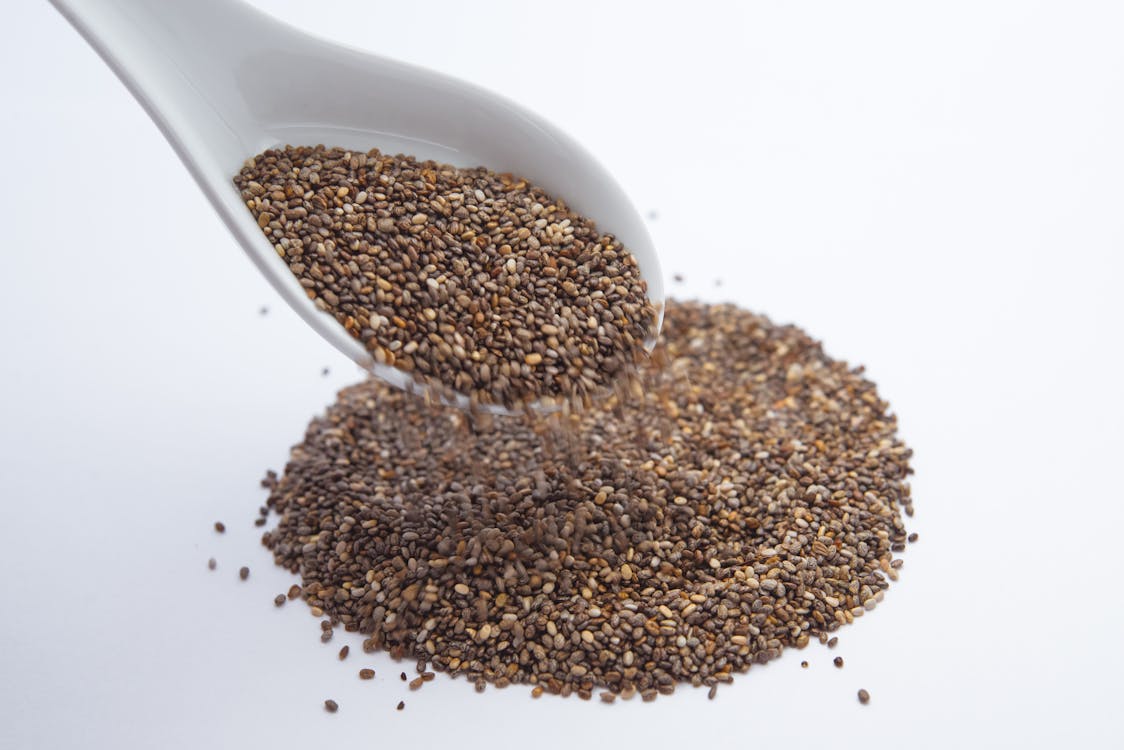
5. Nuts and Seeds (Especially Almonds, Chia Seeds, and Flaxseeds)
Why they’re great:
They are rich in fiber, healthy fats, and antioxidants. Chia and flaxseeds are also high in omega-3 fatty acids.
How they help with fat loss:
They slow digestion, keep you full longer, and help manage blood sugar levels.
How to eat:
Sprinkle them on salads, mix into Greek yogurt, or eat as a snack.

6. Leafy Greens (Spinach, Kale, Arugula)
Why they’re great:
Low in carbs, rich in vitamins, minerals, and antioxidants. They support detox, digestion, and immunity.
How they help with fat loss:
They are low in calories but very filling, allowing you to eat more volume without breaking your carb limit.
How to eat:
Raw in salads, cooked in butter, or added to omelets and soups.
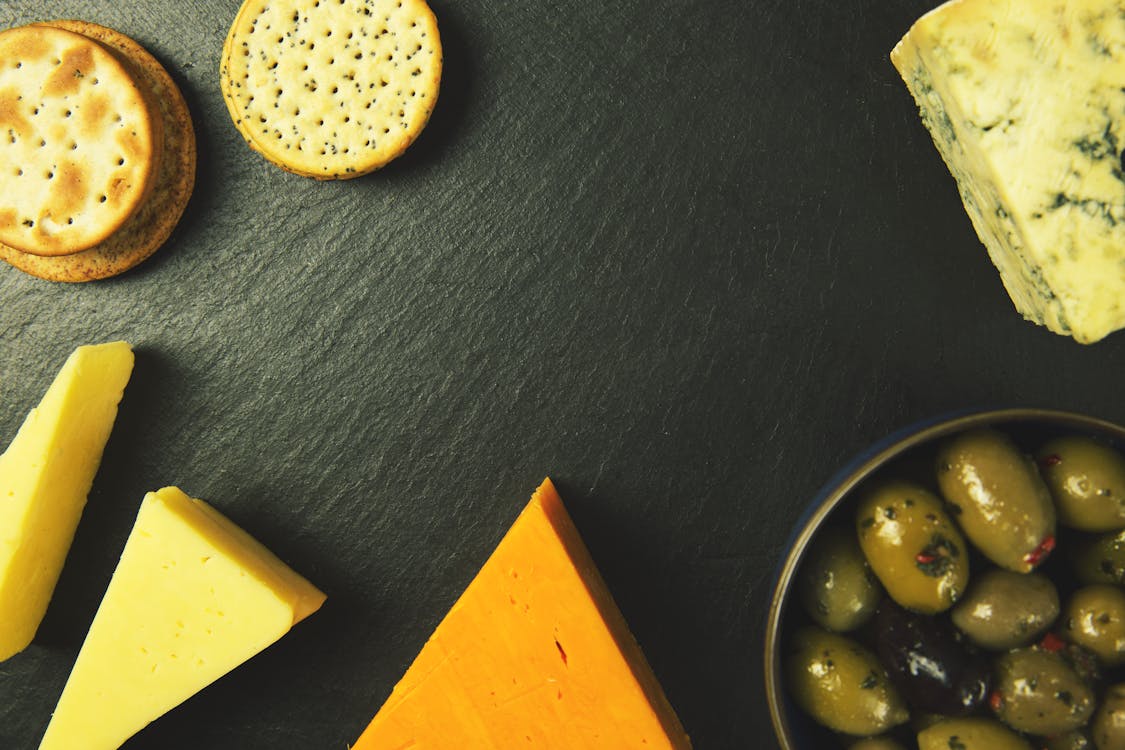
7. Cheese (Preferably Hard Cheeses like Cheddar and Parmesan)
Why it’s great:
Cheese is rich in calcium, protein, and fat. It also contains conjugated linoleic acid (CLA), which may promote fat loss.
How it helps with fat loss:
It keeps you satisfied and provides important nutrients without increasing blood sugar.
How to eat:
Eat a few slices as a snack, melt it on top of vegetables, or add to eggs and salads.
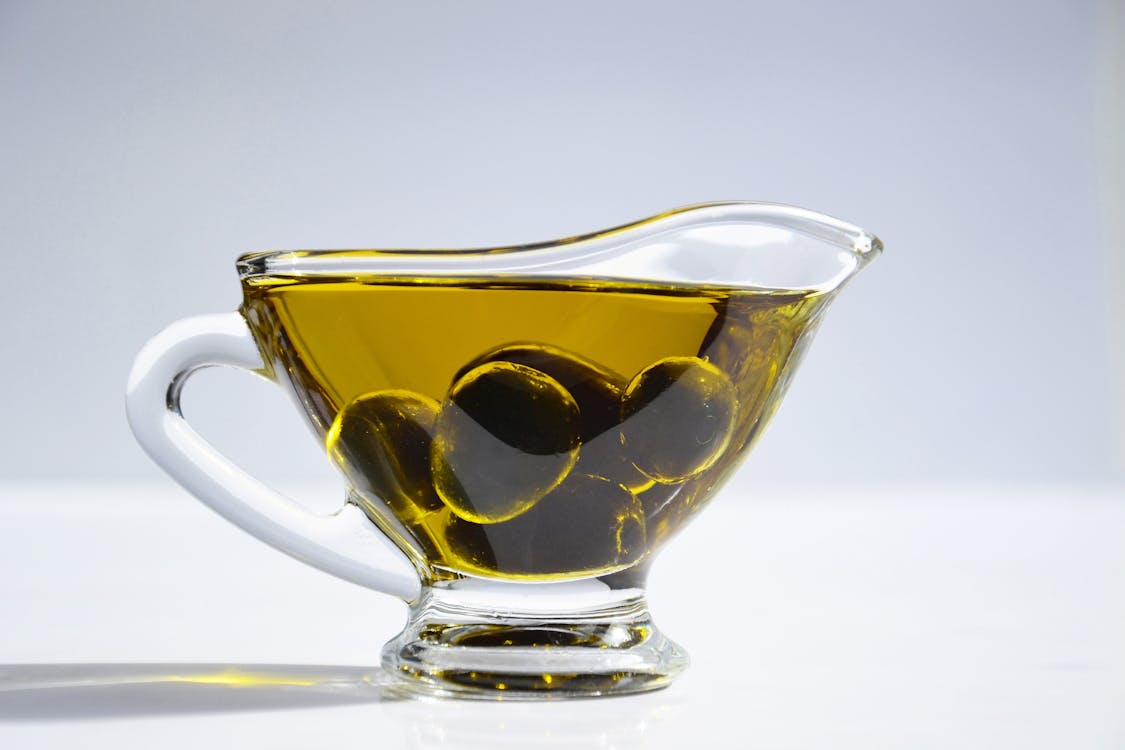
8. Olive Oil
Why it’s great:
A healthy fat source rich in antioxidants and anti-inflammatory compounds. It’s a staple of the Mediterranean diet.
How it helps with fat loss:
It helps reduce belly fat and supports heart health, while keeping you full and energized.
How to eat:
Use it as a salad dressing or drizzle over cooked veggies.

9. Berries (Especially Raspberries and Blackberries)
Why they’re great:
Most fruits are high in sugar, but berries are low in carbs and rich in fiber and antioxidants.
How they help with fat loss:
They satisfy sweet cravings without spiking blood sugar, making it easier to stick to keto.
How to eat:
Eat them in moderation, add to smoothies, or mix with Greek yogurt.

10. Cauliflower
Why it’s great:
Cauliflower is a low-carb, high-fiber vegetable that’s extremely versatile. It can replace rice, potatoes, and even pizza crust.
How it helps with fat loss:
It helps control hunger and blood sugar, and supports digestion.
How to eat:
Roast it, mash it like potatoes, or turn it into cauliflower rice or keto pizza crust.
Bonus Tips to Maximize Fat Burning on Keto
-
Stay Hydrated:
Drinking water helps flush out toxins and reduces hunger. -
Avoid Hidden Carbs:
Check food labels for added sugars or carbs in sauces, dressings, and processed keto snacks. -
Intermittent Fasting:
Pairing keto with intermittent fasting may boost fat burning even more. -
Stay Active:
Even simple exercises like walking can improve ketosis and burn more fat.
Final Words
Keto is not just about cutting carbs — it’s about choosing the right foods that nourish your body and support your fat-loss goals. The 10 foods listed above are not only keto-friendly but also help your body become a fat-burning machine.
By adding these nutrient-rich options to your daily meals, you’ll stay full, energized, and on track with your weight loss journey.
Stay consistent, eat clean, and watch your body transform in 2025.
1. What is the keto diet and how does it work?
The keto diet is a low-carb, high-fat diet that forces your body into a state called ketosis. In ketosis, your body burns fat for energy instead of carbs, which helps with weight loss and improved energy.
2. What foods are 100% keto-friendly?
Keto-friendly foods include avocados, eggs, fatty fish, cheese, leafy greens, nuts, seeds, olive oil, coconut oil, and berries in moderation.
3. Can I lose belly fat with a keto diet?
Yes, the keto diet can help reduce belly fat by lowering insulin levels, reducing hunger, and promoting fat burning, especially when combined with physical activity.
4. How long does it take to enter ketosis?
Most people enter ketosis within 2 to 5 days of starting the keto diet, depending on their carb intake, activity level, and metabolism.
5. What fruits can I eat on keto?
You can eat low-carb fruits like raspberries, blackberries, strawberries, and small portions of blueberries. Avoid high-sugar fruits like bananas and grapes.
6. Can I eat dairy on a keto diet?
Yes, full-fat dairy like cheese, butter, heavy cream, and Greek yogurt are allowed on keto. Avoid milk and flavored yogurts due to high sugar content.
7. Is keto safe for long-term use?
For most healthy individuals, the keto diet is safe long-term if done correctly with whole foods and regular nutrient monitoring. However, it’s best to consult a doctor.
8. What should I avoid on a keto diet?
Avoid high-carb foods like bread, rice, pasta, sugary snacks, soda, beans, starchy vegetables (like potatoes), and processed junk food.
9. Can vegetarians follow a keto diet?
Yes, vegetarians can follow a keto diet by eating low-carb vegetables, nuts, seeds, eggs, dairy, and plant-based protein sources like tofu and tempeh.
10. Do I need to count calories on keto?
You don’t always need to count calories on keto, as the high fat and protein content naturally reduce hunger. But if weight loss stalls, tracking may help.
